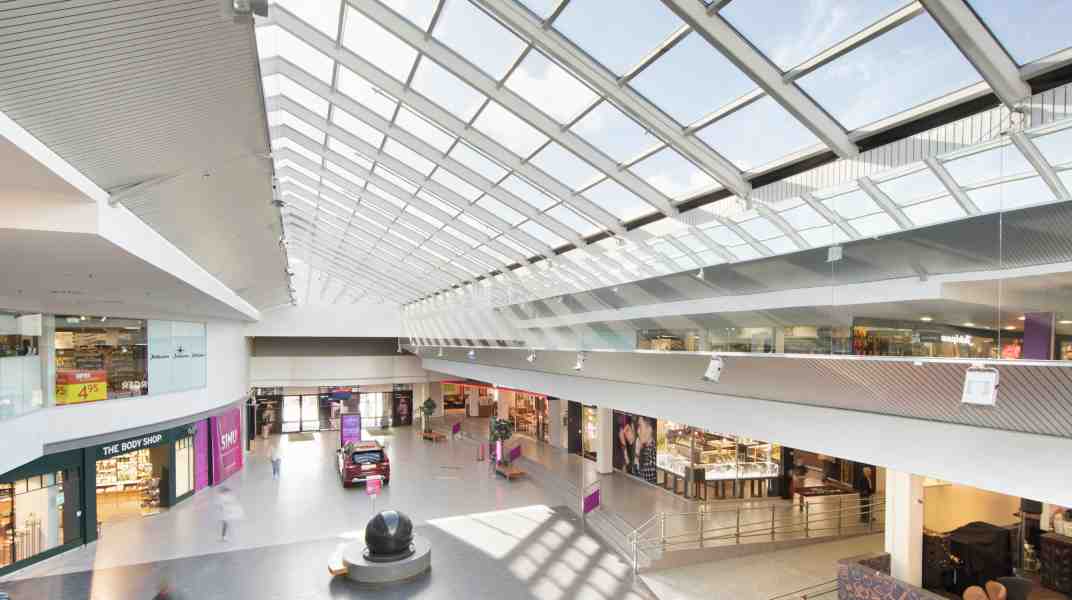The growth of e-commerce has been rapid in the recent years. In 2014, worldwide e-commerce sales was 6.3% of all retail sales. In 2019, the amount is estimated to reach 12.8%. In the Nordics, the respective increase has been from approximately 5 to 10%.
In the beginning, e-commerce differentiated itself with competitive pricing, but now convenience is the main driver for online sales. With all the new innovations in e-commerce technology and fast deliveries, it is even more convenient for consumers to do their shopping online.
Based on a survey by PostNord, the three main reasons people give for shopping online are
- they can ‘shop when it suits them best’;
- it is cheaper; and
- access to a ‘bigger and better selection’.
This has led to a discussion of the state of physical retail and what may happen to all the square meters of retail space that has been built. Some even speculate about a coming ‘Retail Apocalypse’, the mass closings of physical stores.

Omni-channel customers spend more
New technologies have made it possible for consumers to be even more aware of retailers’ offering and pricing. Omnichannel means that the retailers simulateously offer to customers all possible channels, both online and offline. Customers can browse and compare products online, test them at the physical store and finally buy from the brick-and-mortar store or order online.
73%of shoppers used multiple channels to make a purchase
A report by Harvard Business Review showed that 73% of shoppers used multiple channels to make a purchase. The report also revealed that customers who use multiple channels spend 4% more on average in the store and 10% more online compared to single channel shoppers. Omnichannel shopping can enhance customer satisfaction, and thus increase loyalty. In this report, omnichannel customers logged 23% more repeat shopping trips to the retailers’ stores and were more likely to recommend the brand to family and friends.
Online goes offline
Perhaps in response to these findings, ‘pure’ online retailers have increasingly started to open physical stores. Most notably Amazon, which currently has three physical locations, is rumored to consider opening 3,000 of its cashierless convenience stores by 2021. Amazon has also opened several new stores that sell items rated over four stars on its website. Alibaba is also bringing online and offline retail together with the opening of 65 retail stores over the past year. This shows Amazon and Alibaba, leaders in online retail, are interested in brick-and-mortar retail as well.
Further interesting readings on the topic:
https://hbr.org/2017/01/a-study-of-46000-shoppers-shows-that-omnichannel-retailing-works
https://www.cnbc.com/2018/09/26/amazon-is-opening-a-new-store-that-sells-items-from-its-website.html
https://nordic.businessinsider.com/amazon-store-tech-key-retail-dominance-2018-3/



